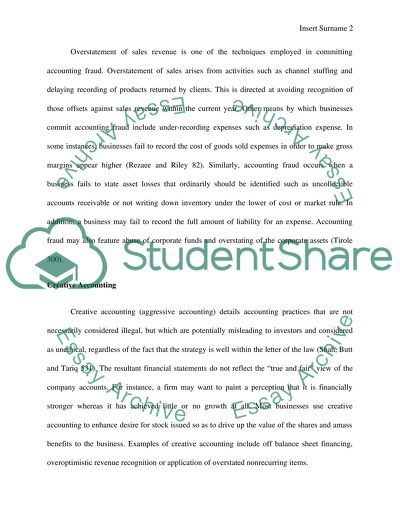Cite this document
(“Accounting Fraud, Earnings Manipulation, and Creative Accounting Research Paper”, n.d.)
Accounting Fraud, Earnings Manipulation, and Creative Accounting Research Paper. Retrieved from https://studentshare.org/finance-accounting/1453379-accounting-fraud-earnings-manipulation-and
Accounting Fraud, Earnings Manipulation, and Creative Accounting Research Paper. Retrieved from https://studentshare.org/finance-accounting/1453379-accounting-fraud-earnings-manipulation-and
(Accounting Fraud, Earnings Manipulation, and Creative Accounting Research Paper)
Accounting Fraud, Earnings Manipulation, and Creative Accounting Research Paper. https://studentshare.org/finance-accounting/1453379-accounting-fraud-earnings-manipulation-and.
Accounting Fraud, Earnings Manipulation, and Creative Accounting Research Paper. https://studentshare.org/finance-accounting/1453379-accounting-fraud-earnings-manipulation-and.
“Accounting Fraud, Earnings Manipulation, and Creative Accounting Research Paper”, n.d. https://studentshare.org/finance-accounting/1453379-accounting-fraud-earnings-manipulation-and.


